ruffsl
I’m a robotics researcher. My interests include cybersecurity, repeatable & reproducible research, as well as open source robotics and rust programing.
- 72 Posts
- 78 Comments

 6·26 days ago
6·26 days agoFor the faint of heart, such vicarious pain may require theatrical intermission(s).

 2·2 months ago
2·2 months agoI’m not the original author, even with the YouTube title being as is, but what do you mean? Perhaps relying that the desired services exist as nix packages, or that nix packages have desired defaults or exposes desired config parameters?
There are two other nix media server config projects I can think of, but I think this approach mostly facilitates the install, but not the entire initial config setup, given that a lot of the stack’s internal state is captured in databases rather than text config files. So simplifying the backup and restoration of such databases seems the next best thing to persist your stack configs with nix.

 3·5 months ago
3·5 months agoOn top of that, it’d be nice for the Bluetooth spec to roll out a higher bitrate version of HFP, as it’s common 16 kHz monaural configuration is awful when listening to multimedia while on video calls, like for remote watch parties or just listening to music or playing video games while hanging out on discord. I ended up just buying a USB to TRRS adapter with pass through Power Delivery in order to use my Android device with proper AV quality.

 7·10 months ago
7·10 months agoHave you had any luck with projectors for coding? I’ve only ever used them for large mob-programming sessions, like during hackathons. I feel like the low/narrow contrast of projectors makes it hard to use for dark mode, not to mention the space real estate requirements. :P

 5·10 months ago
5·10 months agoStill kind of sad that the transflective display technology demoed in the $100 laptop project from a decade or so ago never took off.

 41·10 months ago
41·10 months agoPersonally, I’ve been happy using an LG TV for a single monitor setup. I have had to switch to KDE Plasma v6 for better font rendering given its unusual OLED pixel layout, as well as for native HDR support. But it’s been nice to have a large physical font while still at default DPI. Although, I wouldn’t’t mind upgrading to 8K later when they get affordable, as the smallest 4K TVs at 42" happen to push the physical DPI down towards that of just 1440p panel.

 2·2 years ago
2·2 years agoThe only experience I have with working with Fortran would be setting up
gfortranwhen building SciPy from source, and perusing its codebase to see how it’s FFT functions were so optimized. Not enough to diligently mod I’m afraid.

 122·2 years ago
122·2 years agoI was thinking of cross posting this to a Fortran community, but it looks like we don’t yet have one.

 21·2 years ago
21·2 years agoSimilarly reported (in more detail) by TechCrunch:

 2·2 years ago
2·2 years agoI’m not sure why, but GitHub’s search engine, Blackbird, seems to be returning some erroneous results for this query:
/tnt_select\(.*2\^32/ language:C++ OR language:C
Any chance you could narrow down your search to a list of repose that use the library that pulls in
tnt_select()function, then clone and manually grep just those, or is it’s use too common to index by?Real funny that even narrowing down GitHub search to just the same repo doesn’t help the query results:
repo:ocelot-inc/ocelotgui ldbms_tnt_select

 13·2 years ago
13·2 years agoPain… This too painful to be posted as just a meme…

 8·2 years ago
8·2 years agoPerhaps, is there an engineering meme community I could cross post this to?
How did you delimit the leaf pattern so evenly around the circumference of the brim of the bowl? Did you use a rotary indexer and a wood burning jig?
Private Eye - essential for staying online 24/7
What was that device, an early cellular modem or 802.11 wireless bridge? The thing ontop of the briefcase looks like a head visor with an antenna. Google search keywords are just noise.

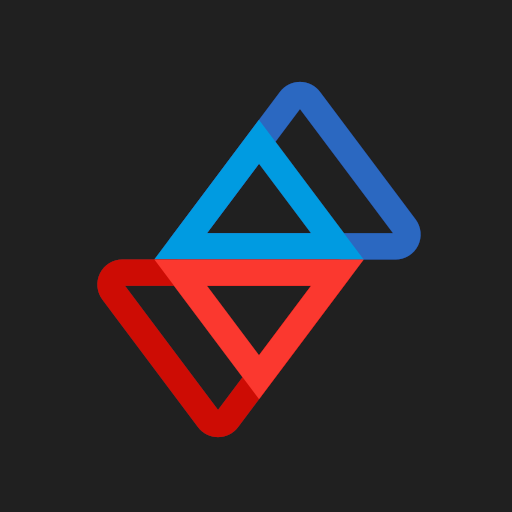 2·2 years ago
2·2 years agoI’ll note that when using multiple windows, I recall that switching the user in one window would switch the user for all other windows as well, so support for simultaneous user sessions would probably have to be added as well.
Do we have a community for computer architectures or computer science on this instance or anywhere else?

 4·2 years ago
4·2 years agoCall it WebOS or something.
Kind of off topic, but webOS was in fact a thing, but more of mobile OS alternative to android and iOS, first developed by palm, the bought by HP, then sold to LG.
https://en.wikipedia.org/wiki/WebOS
It had a small but active homebrew community, with the HP touchpad being one of the early tablets on the market with an unlocked bootloader and Linux support.

 4·2 years ago
4·2 years agoI don’t know of many recorded audio books, but you could also use a Text to Speech engine to listen to any technical blogs or articles. I use Android apps like Pocket or T2S to queue up a backlog of TODO read items, then when I’m out for a long walk, I can just press play and let the TTS do it’s thing. Of course, I curate this list for longer pure text reads, devoid of code snippets, equations, or visual graphics that TTS would have a tough time conveying over audio.
Looks like I may need to find a successor to pocket. They do a great job scraping connect via readable mode, but I’d like to find a shelf hosted or mobile+offline app equivalent for queuing up web articles, just in case pocket gets cut from further development by Mozilla management.


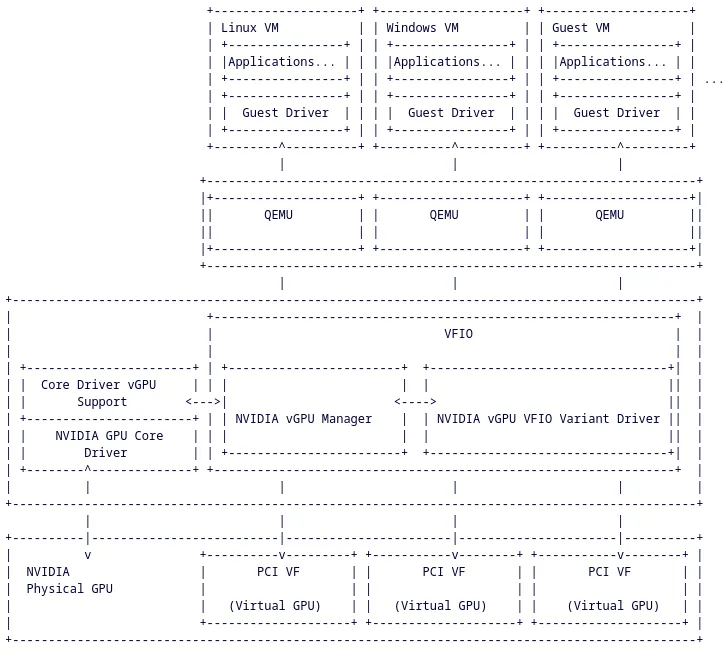


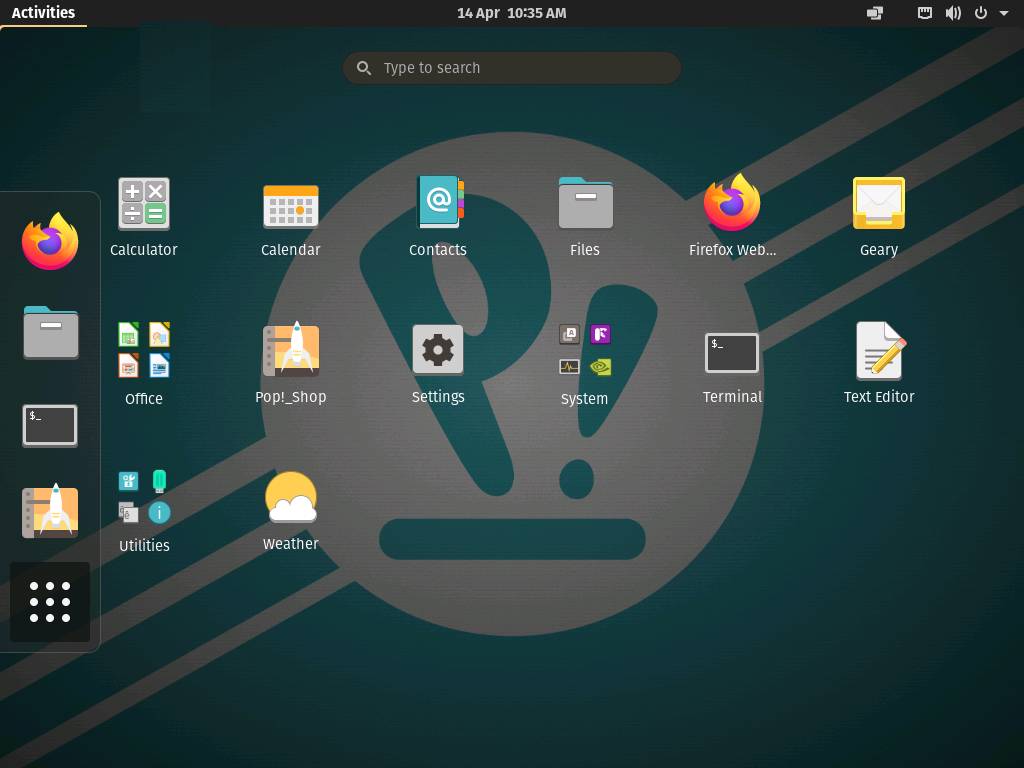
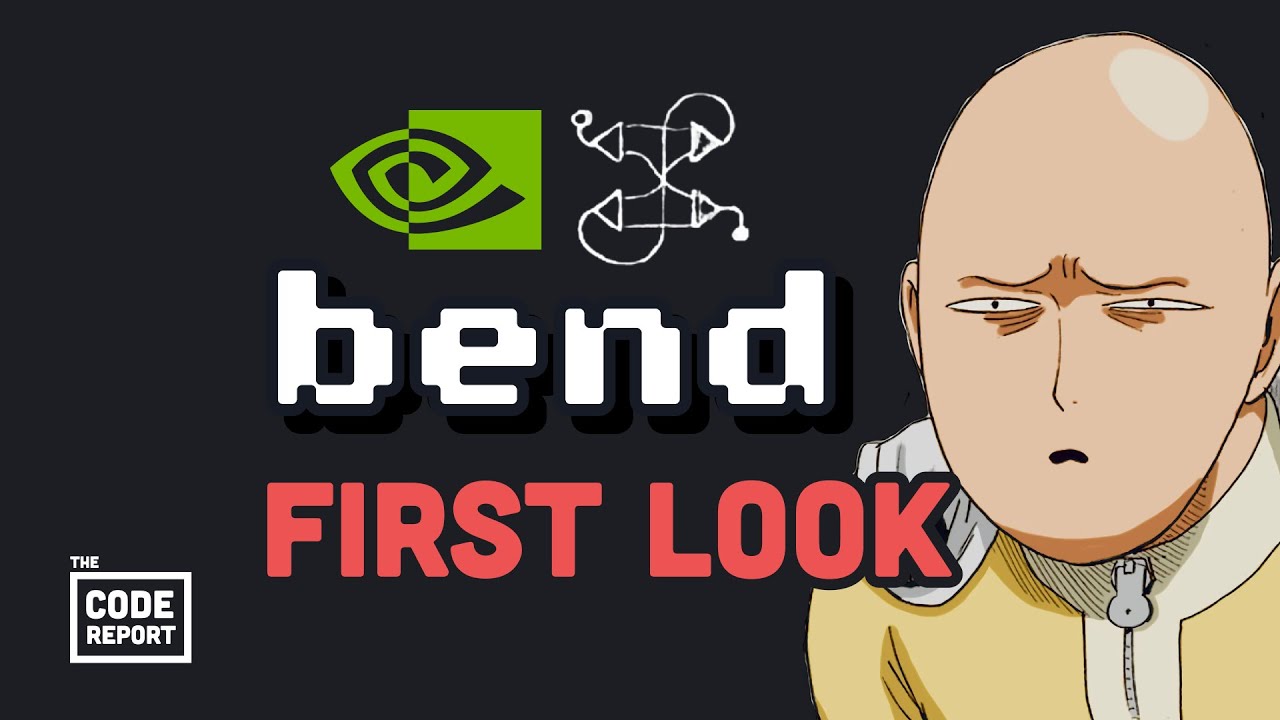

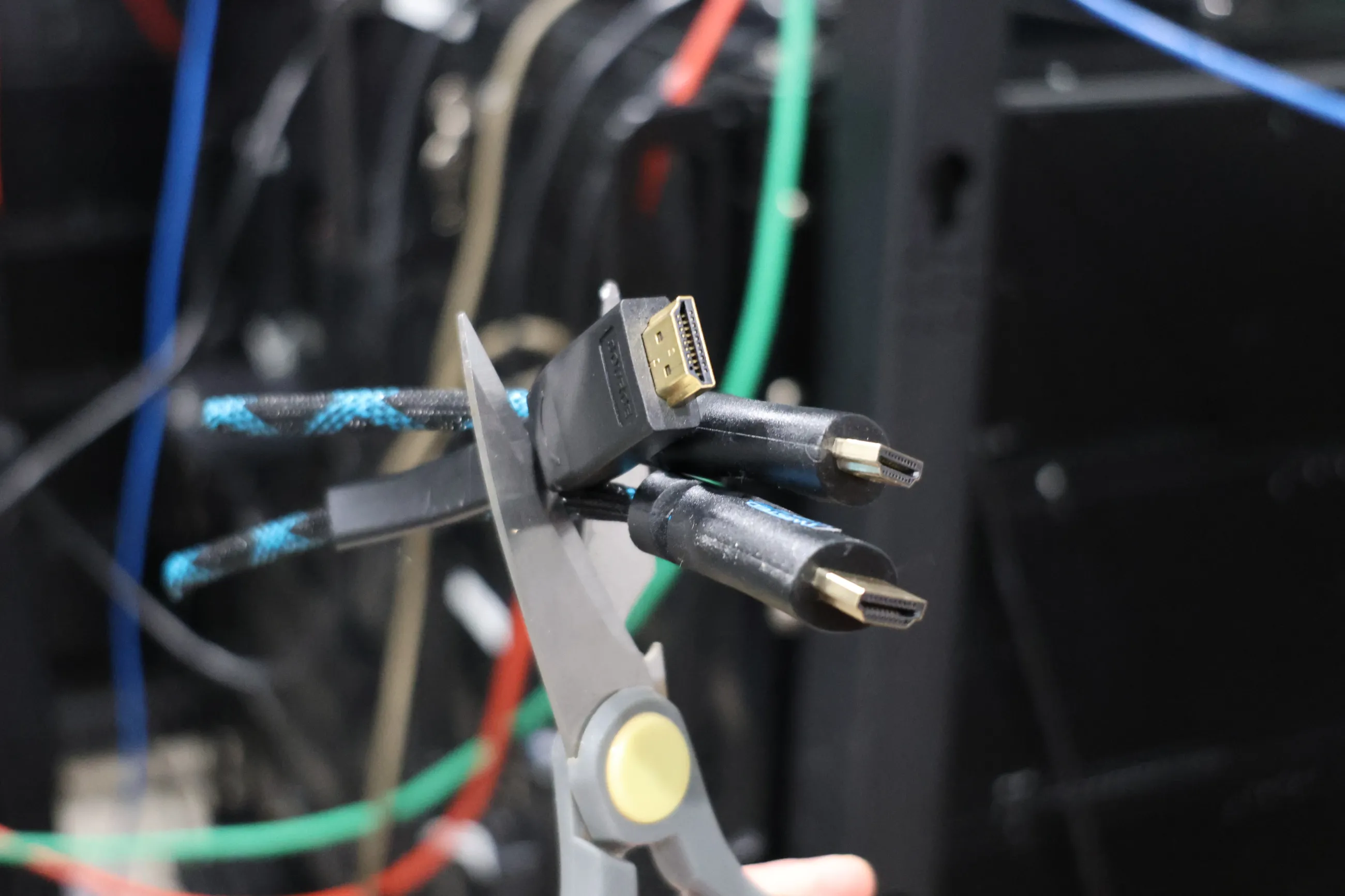

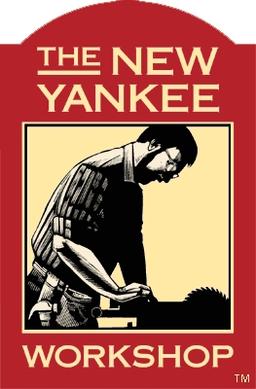
I’ve been straddling between NixOS and a Debian derivative for a while recently. Using nix, I really enjoy managing my system using declarative code, like I would for any other software infrastructure.
Although, for work, I still resort back to Debian or Ubuntu when it comes to collaborating with existing FOSS communities around robotic software or medical imaging, as those respective domains are heavily ingrained/invested into the Debian release and package distribution.
So it’s been a challenge to migrate anything other than my personal computing to NixOS. However I do appreciate the easy access to latest version releases of packages, kernels, and drivers. Being able to patch and document the idiosyncrasies of my hardware using declarative configs and revision control has been so helpful and solving a bug once and never forgetting how to reproduce the fix later on.
Another benefit is being able to explore public repositories for examples of how other users may be installing the same types of modules or software features I’m looking to setup, or solve a similar issue. It’s one thing to read the stack overflow answer about how to edit an arcane etc config for an anonymous package version, but it’s another to be able to read the commit history of hundreds of other nix users and PRs from nixpkgs maintainers.
My flake config is still rather simplistic, and synchronizing two hosts between two branches. I did appreciate the reference repo linked by the author as an example for modular host and user config.
https://github.com/jnsgruk/nixos-config
Any suggested resources or templates on that front? I.e. structuring and modularizing NicOS flake configs for multiple hosts for overlapping and non overlapping use cases? For example, I’ve just gotten into how to overlay nixpkgs PRs and explore dev shells.